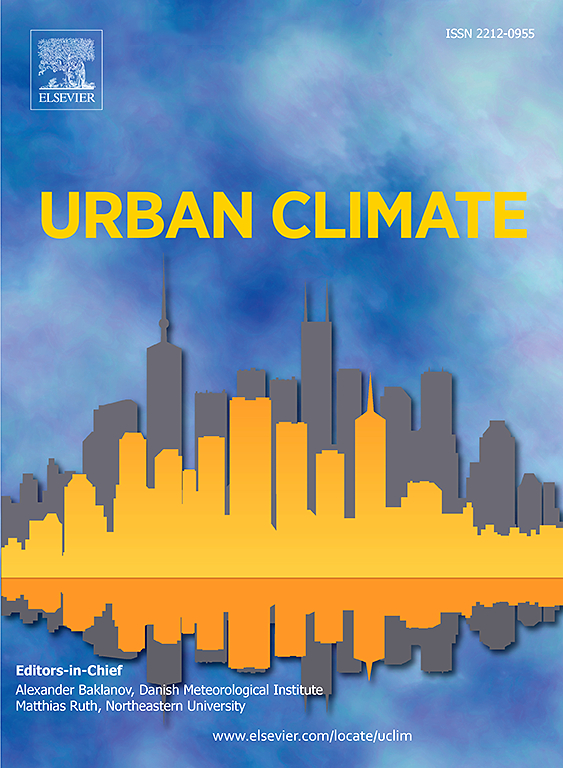澳大利亚热浪-健康脆弱性纵向研究
IF 6
2区 工程技术
Q1 ENVIRONMENTAL SCIENCES
引用次数: 0
摘要
本文章由计算机程序翻译,如有差异,请以英文原文为准。

A longitudinal study of heatwave-health vulnerability in Australia
Heatwave is an increasing threat to public health in Australia. However, the extent of spatiotemporal variations in heatwave-health vulnerability across Australia is still unclear. We investigated Statistical Area Level 2 (SA2) spatial scale heatwave-health vulnerability across Australia using a longitudinal study design. We acquired SA2-level demographic, socioeconomic, and health data from the Australian Bureau of Statistics (ABS) for 2011, 2016, and 2021. We included heatwave data (2001−2020) from the Bureau of Meteorology (BOM), and landcover data (2003−2020) from the Bureau of Agriculture, Resource Economics and Sciences (ABARES). We applied geospatial modelling, and multivariate statistical techniques to construct the heatwave vulnerability index and examine the factors influencing vulnerability. We found variability in heatwave-health vulnerability both spatially and temporally across Australia, with higher vulnerability, particularly in the Northwest and the lowest in Southeastern Australia. The SA2s within greater capital cities had greater temporal changes in heatwave-health vulnerability. Clusters of high vulnerability were evident in Northern and Southeastern Australia from 2011 to 2016 but reduced in 2021. In greater capital cities, high clusters of vulnerability were apparent within Northern Adelaide and Western Melbourne. Heatwave characteristics (low-intensity, severe, extreme) analyses suggest stronger associations between extreme heatwave days and heatwave-health vulnerability for all the years. Older people (>65 years) and social isolation had a positive association with heatwave-health vulnerability in 2011. For five consecutive years, the risk changed to SA2s with low education, low income, high diabetes, and lower health professionals. Heatwave interventions and adaptations may be targeted to these underlying influential factors.
求助全文
通过发布文献求助,成功后即可免费获取论文全文。
去求助
来源期刊

Urban Climate
Social Sciences-Urban Studies
CiteScore
9.70
自引率
9.40%
发文量
286
期刊介绍:
Urban Climate serves the scientific and decision making communities with the publication of research on theory, science and applications relevant to understanding urban climatic conditions and change in relation to their geography and to demographic, socioeconomic, institutional, technological and environmental dynamics and global change. Targeted towards both disciplinary and interdisciplinary audiences, this journal publishes original research papers, comprehensive review articles, book reviews, and short communications on topics including, but not limited to, the following:
Urban meteorology and climate[...]
Urban environmental pollution[...]
Adaptation to global change[...]
Urban economic and social issues[...]
Research Approaches[...]
 求助内容:
求助内容: 应助结果提醒方式:
应助结果提醒方式:


